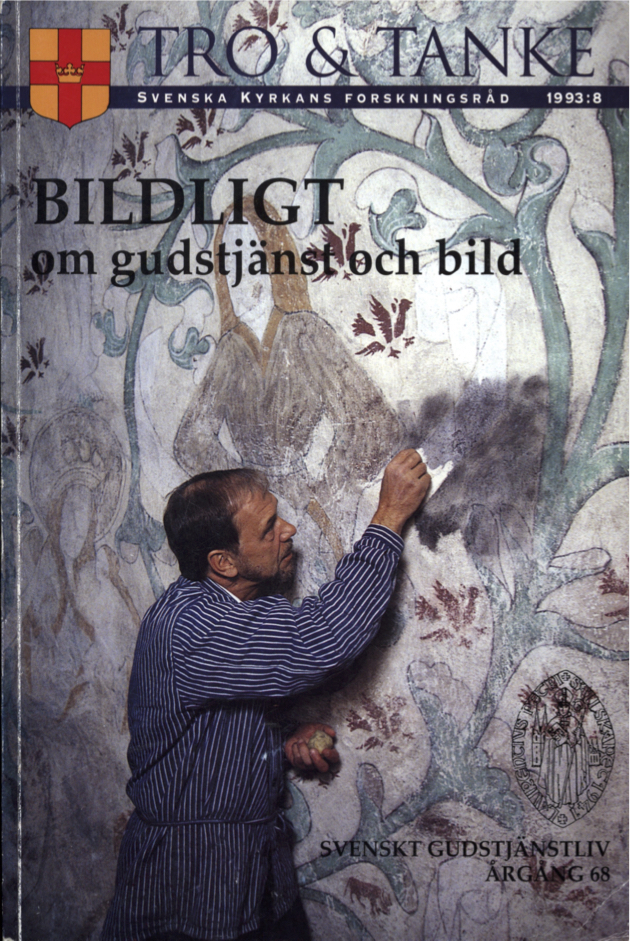Säll den henne finner - Om kvinnligt och manligt i gudstjänstens bilder
Abstract
This article discusses the imagery of the liturgy of the Church of Sweden after the liturgical reforms in the 1980’s. It focuses on verbal and nonverbal images using men and women and "male" and "female" functions to talk about God and human beings. The central question is: what images of the male and the female are being used in the liturgy and what view of the sexes do they point to?
As a background, the whole issue of gender is discussed. The author claims that our view of gender is culturally determined and inherited, especially through our society’s language and the images used in it. The difference between sex and gender as an important part of our identity- building process is brought up.
The author then goes on to a critique of the language of our culture and Churches as being androcentric and hierarchical. Women are in most cases absent from the texts and, when they appear, they are seen as inferior. She goes on to a closer look at the liturgical books used in the Church of Sweden: the lectionary, the hymnal and the service book, all of which were introduced between 1983 and 1986.
The results is very much the same for all three books: very few feminine references are to be found, few women are mentioned by name, few images using "female" functions are found. When women appear in the texts they are almost always kept within the boundaries of the reproductive role: home-and-family. Instead, the dominating images are God as Father, always called "He", and human beings as "brothers", "men" and "fathers", i.e., depicted in masculine categories. There is a development, though, in the hymnal, away from the hierarchical and androcentric. God is still "He" in most cases, but the God-far-away is being replaced by God-with-us, in our midst. For human beings, the focus in the new hymns are more on community and social responsibility than before.
The last part of the article deals with the non-verbal imagery of the Church. It discusses architecture, with the same development away from the hierarchical pattern, as in the hymnal, in church art, body language and liturgical action.
The article ends with the hope that a multitude of images will be used in the liturgy, so that no single image becomes an idol to us. We need to become more aware of the side-effects of our using images so that we can renew our tradition and start creating a liturgical language which does not diminish women or confine them to certain roles only. In this way both women and men will be able to identify themselves as being in the image of God and as equals in the Christian community.
Downloads
Published
Issue
Section
License
© the authors, Laurentius Petri Sällskapet för Svenskt Gudstjänstliv and Artos & Norma Bokförlag. Copying and using material from Svenskt Gudstjänstliv for scholarly purposes is permitted as long as the source is indicated. For other uses, please contact the respective author as well as the publisher. Special restrictions may apply to images.


